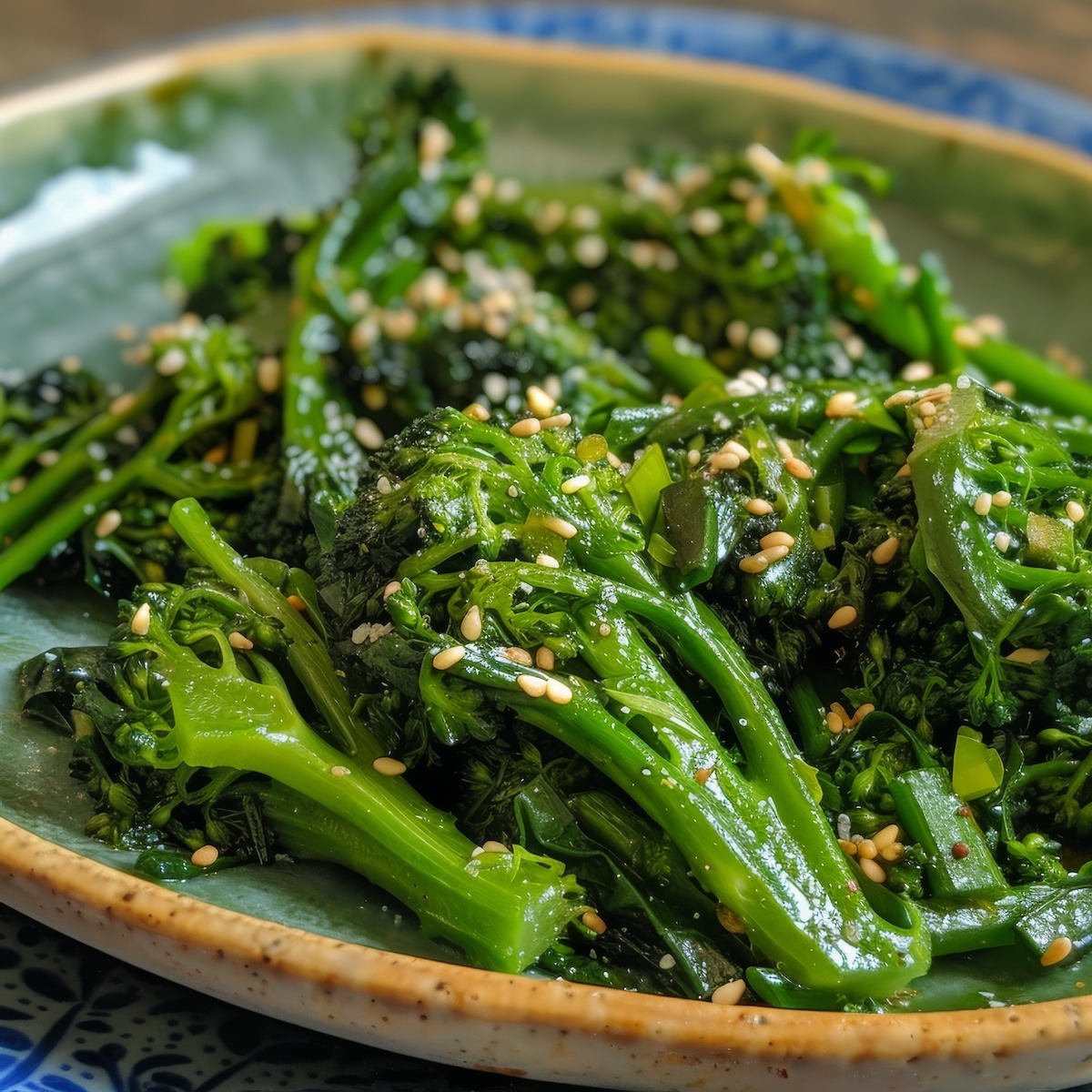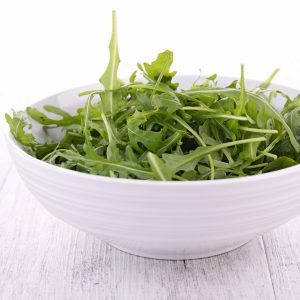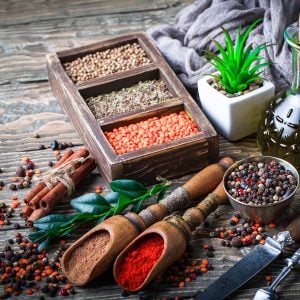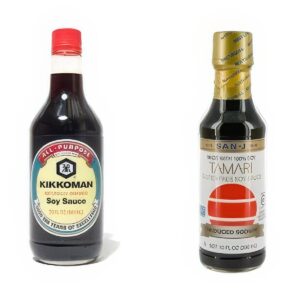What's the Difference Between Broccoli, Broccoli Rabe, and Broccolini?
Most of us know and have eaten broccoli, and many of us have enjoyed broccoli rabe (rapini), but how many of you have tried broccolini? How are they similar, and how are they different?

Broccoli, a member of the Brassicaceae family, is a cruciferous vegetable highly regarded for its nutritional value and health benefits. Originating in the eastern Mediterranean and Asia Minor, broccoli was cultivated in Italy during the Roman Empire and has since become a staple in diets worldwide.
One of broccoli’s most notable attributes is its rich nutritional profile. It is an excellent source of vitamins C and K, providing more than 100% of the recommended daily intake per serving. Vitamin C is crucial for immune function, skin health, and iron absorption, while vitamin K plays a significant role in blood clotting and bone health. Broccoli also contains significant amounts of vitamin A, folate, and dietary fiber. Furthermore, it is packed with antioxidants, including sulforaphane, which is being studied for its potential to combat cancer by reducing oxidative stress and inflammation.
The health benefits of broccoli extend beyond its vitamins and minerals. Its high fiber content supports digestive health by promoting regular bowel movements and preventing constipation. The vegetable’s low-calorie content and nutrient density make it ideal for weight management. Moreover, the phytonutrients in broccoli, such as glucosinolates, have been shown to have anti-inflammatory and detoxifying effects, which may contribute to reducing the risk of chronic diseases like heart disease and diabetes.
Broccoli’s versatility in culinary applications is showcased by its many preparation methods. It can be steamed, roasted, stir-fried, or eaten raw in salads. This variety of preparation methods allows for different flavors and textures and inspires us to explore new recipes and culinary experiences.
Broccoli’s environmental impact is relatively low, making it a sustainable choice for eco-conscious consumers. By choosing broccoli, we can feel empowered in our food choices, knowing that we are positively impacting the environment without compromising on taste or health benefits.


Broccoli rabe, also known as rapini, is a leafy green vegetable closely related to the turnip family, Brassicaceae. Despite its name, broccoli rabe is more similar to turnips than broccoli. It is a staple in Italian, Chinese, and Portuguese cuisines and has been enjoyed for centuries for its unique flavor and nutritional benefits.
One of the distinguishing features of broccoli rabe is its slightly bitter taste, which comes from its high concentration of glucosinolates, compounds known for their potential cancer-fighting properties. These compounds and other antioxidants, like lutein and beta-carotene, help protect the body against oxidative stress and inflammation. Broccoli rabe is also rich in vitamins A, C, and K, providing essential nutrients for immune function, skin health, and blood clotting. Additionally, it contains significant amounts of calcium, iron, and folate, contributing to bone health, oxygen transport, and cell division.
The health benefits of broccoli rabe extend to its high fiber content, which aids in digestion and helps maintain healthy blood sugar levels. Combining fiber, vitamins, and minerals makes broccoli rabe a nutrient-dense, low-calorie food that supports overall health and wellness.
Culinary uses of broccoli rabe are diverse, reflecting its popularity in various cuisines. Its slightly bitter flavor pairs well with garlic, olive oil, and lemon, often featuring in Italian dishes such as pasta, sautéed greens, and frittatas. In Chinese cuisine, broccoli rabe is commonly stir-fried with garlic and oyster sauce, adding a nutritious and flavorful element to meals. When preparing broccoli rabe, it is essential to blanch it briefly to reduce its bitterness and then sauté or cook it to bring out its full flavor.
In addition to its culinary versatility and nutritional benefits, broccoli rabe is relatively easy to grow, making it a popular choice for home gardeners. Its short growing season and ability to thrive in cool weather make it an accessible and sustainable vegetable option.
Broccoli rabe’s combination of health benefits, unique flavor, and culinary adaptability ensures its place as a valued ingredient in many kitchens worldwide.

Broccolini, sometimes called baby broccoli, is a hybrid vegetable from a cross between broccoli and Chinese kale (gai lan). Developed in Japan in the early 1990s, broccolini has gained popularity worldwide for its tender stalks, mild flavor, and nutritional benefits.
One of the primary attractions of broccolini is its sweet, delicate taste, which is milder than that of traditional broccoli. The entire plant is edible, including the slender stems, small florets, and occasional yellow flowers, contributing to its versatility in culinary applications. Its tender texture allows for quick cooking, making it a convenient choice for busy kitchens.
Nutritionally, broccolini is a powerhouse. It is rich in vitamins A, C, and K, offering essential nutrients that support vision, immune function, skin health, and blood clotting. Additionally, it contains a good amount of folate, calcium, and iron, which are crucial for cell division, bone health, and oxygen transport in the blood, respectively. Broccolini is also a good source of dietary fiber, which promotes digestive health and helps maintain stable blood sugar levels.
Broccolini’s antioxidant content, including compounds such as glucosinolates and sulforaphane, provides potential health benefits by reducing oxidative stress and inflammation. These properties may contribute to lowering the risk of chronic diseases like cancer and heart disease.
In the kitchen, broccolini’s versatility shines. It can be steamed, sautéed, roasted, grilled, or even eaten raw in salads. Its quick cooking time and mild flavor make it an excellent addition to various dishes, from stir-fries and pasta to frittatas and side dishes. To preserve its nutrients and vibrant color, it is often recommended to cook broccolini briefly, using methods such as steaming or blanching.
Beyond its culinary and nutritional benefits, broccolini is relatively easy to cultivate. It thrives in well-drained soil and moderate climates, making it a suitable crop for both commercial growers and home gardeners.

Flavor and Culinary Uses
Broccoli, broccoli rabe, and broccolini each have distinct flavors, textures, and culinary uses, making them unique in their own right.
Taste: Broccoli has a mild, slightly sweet, and earthy flavor. When cooked, especially when steamed or roasted, its taste becomes more pronounced. Its tender texture is both slightly crisp and soft.
Culinary Uses: Broccoli is extremely versatile. It can be steamed, roasted, stir-fried, or eaten raw. It’s commonly used in salads, casseroles, soups, and as a side dish. The florets and stems are edible, though the stems are often peeled to remove the tougher outer layer.
Taste: Broccoli rabe is known for its distinct, slightly bitter flavor, which comes from its high concentration of glucosinolates. The bitterness can be quite pronounced, especially when raw, but it mellows when cooked, providing a complex taste with nutty undertones.
Culinary Uses: Often used in Italian and Chinese cuisines, broccoli rabe pairs well with strong flavors like garlic, lemon, and chili. It is commonly sautéed, blanched, or steamed to reduce bitterness and enhance its texture. It’s frequently included in pasta dishes, stir-fries, and as a side dish with rich meats.
Taste: Broccolini has a sweeter, more delicate flavor than broccoli and broccoli rabe. Its taste is often described as combining broccoli and asparagus with a subtle peppery note. The texture is tender, including the stems, which are more palatable than those of traditional broccoli.
Culinary Uses: Broccolini’s versatility allows it to be prepared in various ways, including steaming, sautéing, roasting, and grilling. Its quick cooking time makes it a convenient addition to stir-fries, salads, pasta dishes, and as a side vegetable. It is often cooked until tender to retain its vibrant color and mild flavor.















